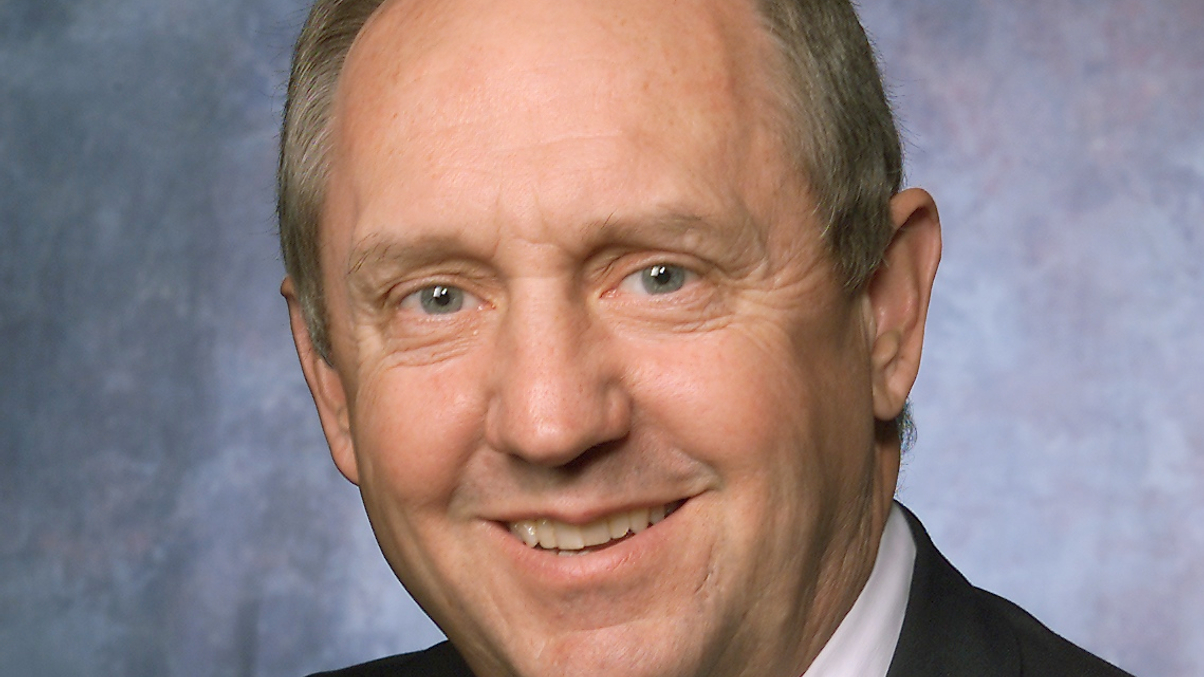Fed rate rises could trigger EM crisis: Baur
Structural weakness born of China’s 1990s industrialisation will be exposed when the US Federal Reserve removes its stimulus measures and the dollar strengthens, warns the chief global economist at Principal Global Investors.

A crisis flaring up in emerging markets poses the biggest threat to global recovery and US Federal Reserve rate rises could be the trigger, warned Robert Baur, chief global economist at Principal Global Investors.
Sign In to Your Account
Access Exclusive AsianInvestor Content!
Please sign in to your subscription to unlock full access to our premium AI resources.
Free Registration & 7-Day Trial
Register now to enjoy a 7-day free trial—no registration fees required. Click the link to get started.
Note: This free trial is a one-time offer.
¬ Haymarket Media Limited. All rights reserved.


